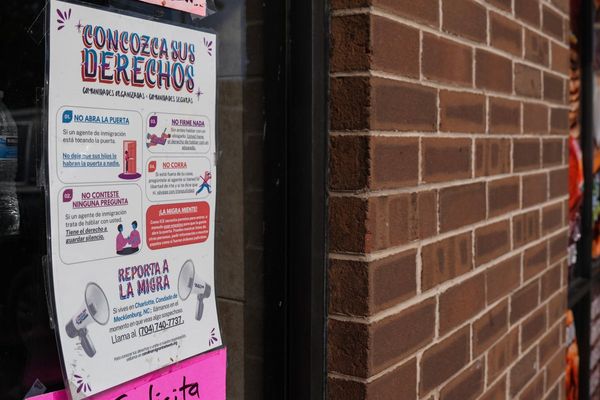
A printing press worker from a village in Uttar Pradesh’s Shravasti. Two friends from UP’s Amroha who met for the last time near the Red Fort. A 19-year-old shopkeeper from Shamli carrying the weight of six lives on his shoulders. A young cab driver on his tenth day at work. A pharmacist who left early for a family dinner he would never attend.
Thirteen lives ended in seconds on Monday evening when a car exploded near the Red Fort. Behind each name on the casualty list lies a family now shattered and a future now impossible. The NIA has taken over the probe. Several arrests have been made.
However, for several families, no investigation will bring back what they’ve lost.
Dinesh Mishra: The search that ended after midnight
Dinesh Mishra, 35, had built a modest life in Delhi over four years, working at a printing press on Nai Sadak. On Monday evening around 7 pm, he was returning from Kashmiri Gate when the blast caught him near the Red Fort.
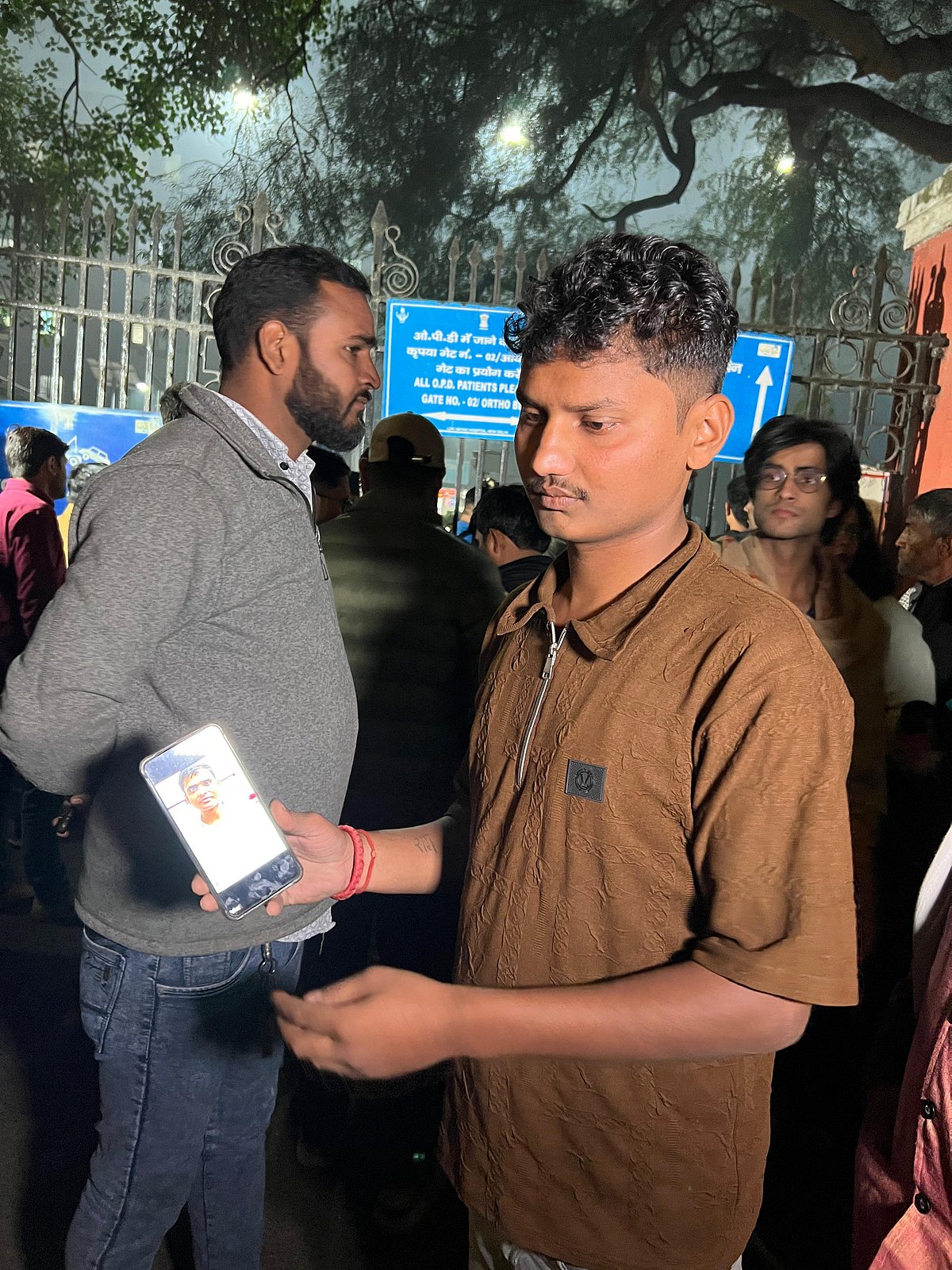
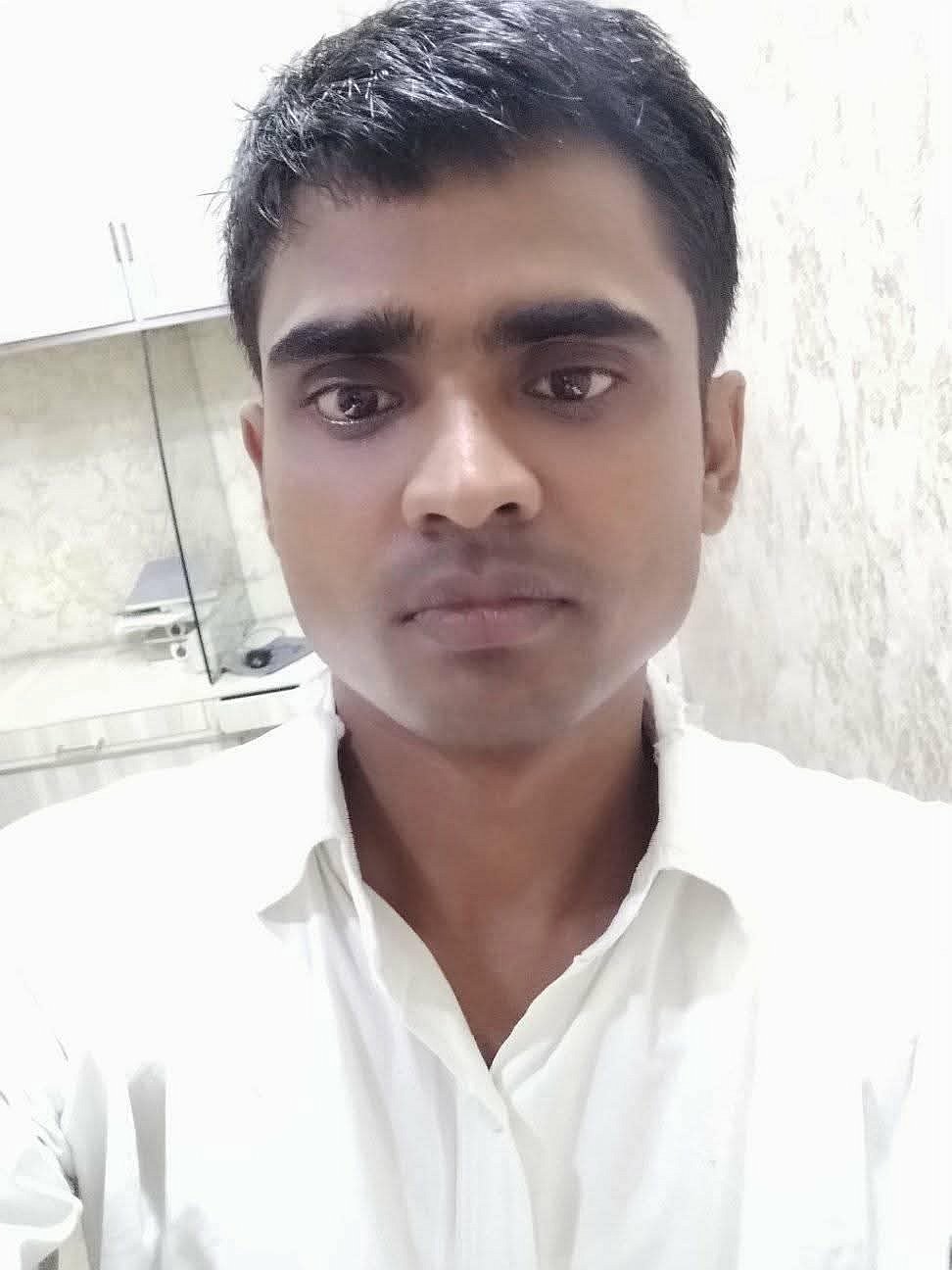
Back in Ganeshpur village in Shravasti district, his parents, wife, two daughters, and a son grew anxious when he didn’t return home at his usual time and his phone remained switched off. The phone came back to life around 11 pm, but it was a hospital employee who answered, recalled Mishra’s relative Sunil, who drives an autorickshaw.
“Around 11 pm, Dinesh’s phone was working again, but it was with a hospital employee. He told us to immediately go to the emergency room at Lok Nayak Hospital. When we arrived, we were not allowed inside. We had no updates for a long time. When we entered the mortuary at around 2.30 am, we found around seven unidentified bodies. Dinesh’s body was among them,” Sunil said.
Dinesh's younger brother Guddu Mishra, who works at a furniture shop in Delhi, remembers their last contact. ‘We last spoke to Dinesh at 6 pm. After that, his phone started showing as switched off. The family didn’t pay attention at first, but when he didn’t return home by 9 pm, our concern grew. We tried calling neighbours and relatives to get information, but couldn’t find anyone."
Sunil said that after the post-mortem, the police sent the body home in an ambulance and a police vehicle. “We had three policemen and a driver with us.”
Ashok Singh and Lokesh Agarwal: A friendship that ended on a bike
They were friends from Amroha who had traveled different paths – Ashok Singh working on Delhi's buses, Lokesh Agarwal at a fertiliser shop back home – but their bond remained strong. On Monday, that bond brought them together one final time.
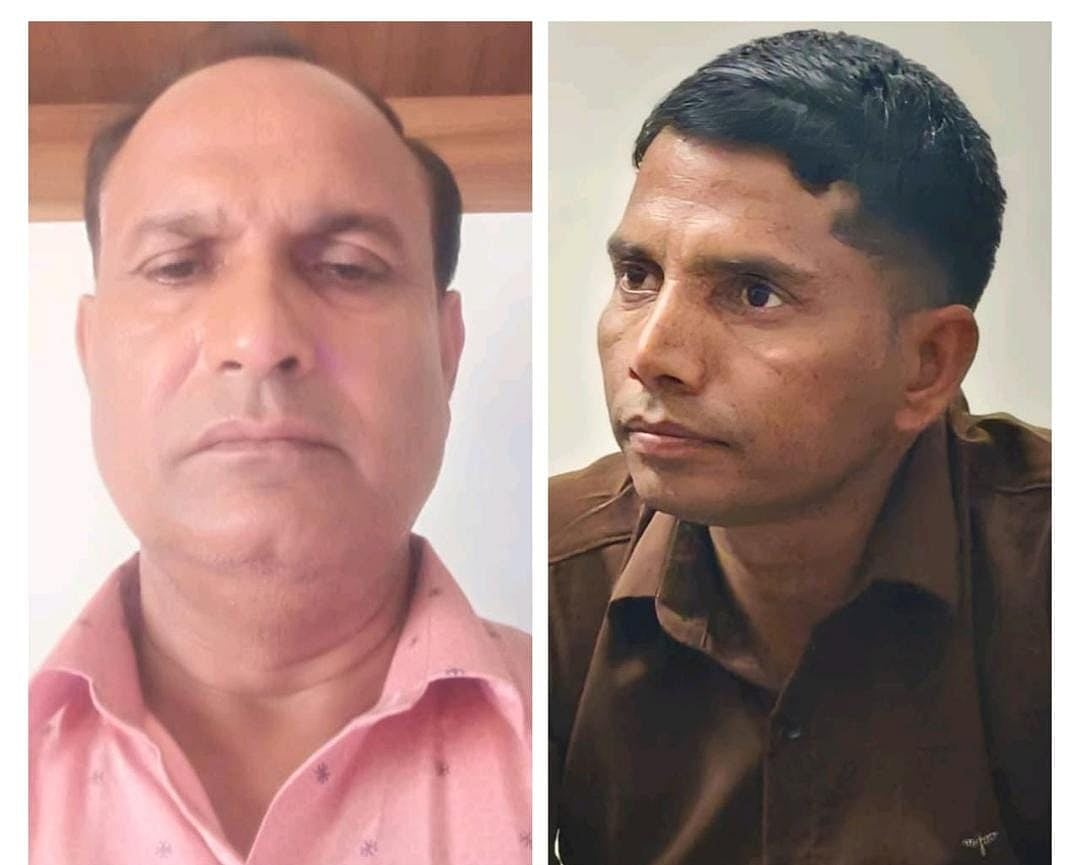
Lokesh, 34, had come to Delhi to visit an ailing relative. He called his friend Ashok, who rode his bike to meet him. They were near the Red Fort when the blast killed them both.
Ashok's brother, Sompal Singh – also the village head of Mangrola in Hasanpur – explained that the two men from the Hasanpur police station area were inseparable. Ashok had been living in a rented house in Jagatpur, Delhi, for three years, working as a night conductor for the Delhi Transport Corporation and driving schoolchildren during the day. Back home in Rahra Road, Hasanpur, Lokesh ran his fertiliser business.
Ashok, 34, had been the family's sole pillar for eight years. His wife Sonam is left with three young children: three-year-old son Aarambh, eight-year-old daughter Aarohi, and five-year-old daughter Kavya. His younger brother is mentally unstable while his mother has been ill.
Sompal Singh said the family came to know of the death “through a news report”. “I was the first one to receive a call from a villager informing me that my brother had met with an accident in Delhi. We then saw it on TV, and the information was shared with a village group. The correct information, along with Ashok's name, was provided. Following this, the police station and journalists also contacted us. We then reached Delhi."
The family completed paperwork at LNJP Hospital and left the mortuary around 7 am. Both the bodies were cremated in the presence of local officials, said Sompal Singh.
Noman: A 19-year-old carrying six lives
At 19, Noman from Jhinjhak town in Shamli district had already become his family’s sole breadwinner. His small cosmetics shop in the village sustained six people: himself, a kidney-patient elder brother, four sisters, and their father.
On Monday morning, he and his friend Aman, 21, booked a taxi to go shopping at Chandni Chowk. They parked near ISBT around 10.30 am, leaving their driver Virasat with the car while they explored the market.
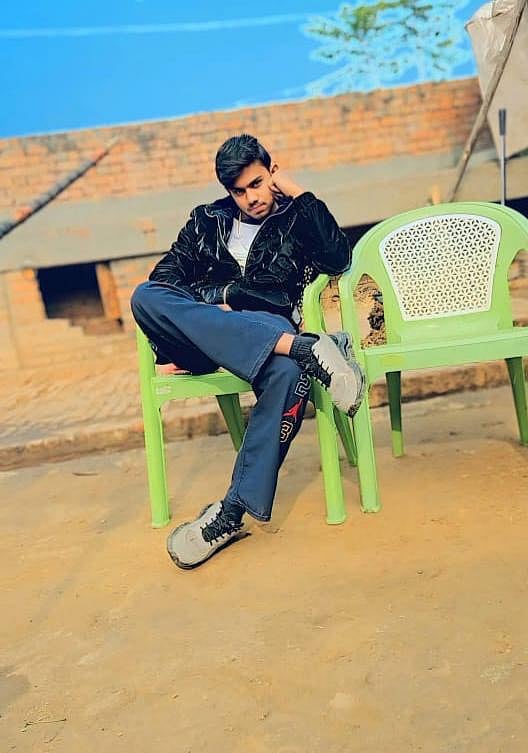
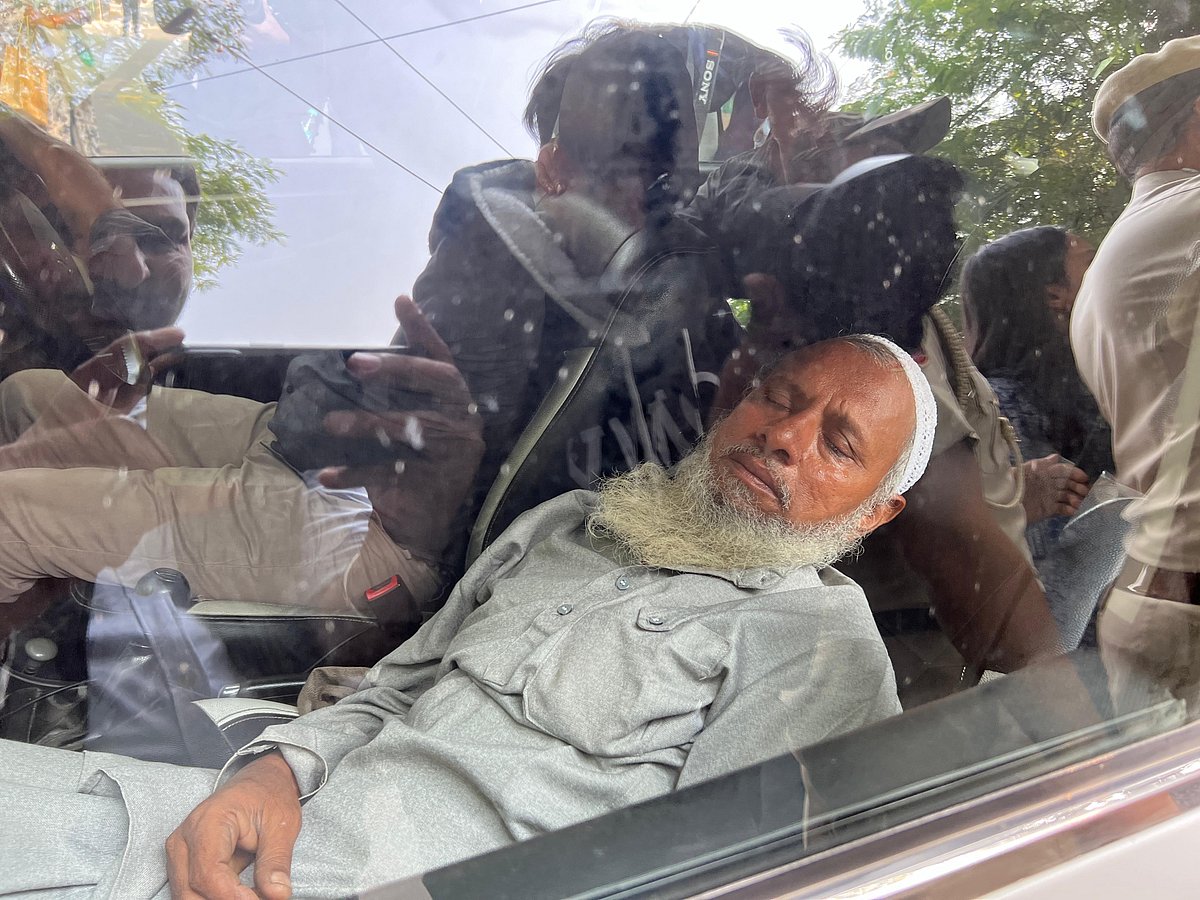
Noman’s uncle Mehboob recounted the frantic hours in the evening. Around 8 pm, the driver called Noman’s father Imran to say he had been trying to reach the two for hours with no response. When Imran called Aman’s phone, someone at LNJP Hospital answered. Aman was seriously injured and unconscious from the blast, Imran was told. But where was Noman?
The family raced to Delhi, beginning a nightmarish search across multiple hospitals. “At LNJP Hospital, they were told that some injured people had been taken to other hospitals in Delhi for treatment. So, they went to three different hospitals in Delhi and tried to find Noman’s whereabouts, but they couldn’t find him,” Mehboob said.
At 8.30 am, police confirmed what the family had feared – that Noman was dead, and that his body was in the LNJP mortuary.
On Tuesday afternoon, when the family was carrying Noman’s body from the mortuary, his father appeared shattered. ”After Pulwama and Operation Sindoor, we thought this would never happen again in our country. But it happened again. We want the government to end this problem forever. How long will someone’s brother, someone’s son, someone’s sister continue to die?”
Pankaj Sahani: Ten days into a new beginning
Twenty-two-year-old Pankaj Sahani had been driving for Uber for just 10 days. Originally from Samastipur, Bihar, he lived in Kanjhawala, Delhi, and had recently taken up the cab to help support his family after losing his previous job. On Monday evening, he drove to the Red Fort to drop a neighbour. The blast struck his WagonR, killing him instantly.
Around 9 pm, an acquaintance called Pankaj’s father Rambalak Sahani with news of the explosion. Rambalak immediately tried calling his son, but the phone was unreachable. Fear mounting, he rushed to the Red Fort around 10 pm with others from home. They found the car completely destroyed. No sign of Pankaj.
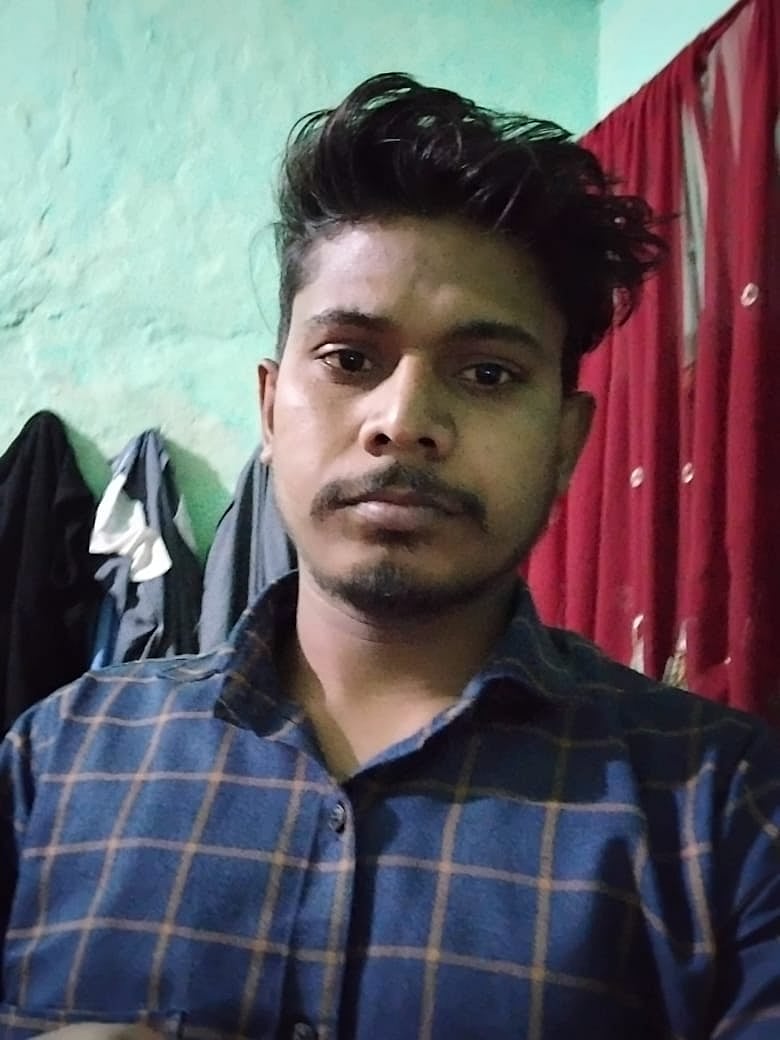
With police help, they finally gained entry to LNJP Hospital, where Pankaj’s death was confirmed.
Of six siblings in the family, two older ones are married. Two sisters and a younger brother are studying.
Rambalak, who also drives a cab for Uber, owns the WagonR that his son was using that day. “Pankaj used to earn some money by doing odd jobs, but he lost that job, so I told him to drive the family car. I wasn’t feeling well on Monday, so he took it that day, and this incident happened. He was the sole breadwinner of my family. I also have two daughters to marry off and educate my children. How will we survive now?”
Amar Kataria: The pharmacist who left early
Twelve hours after the blast, Chandni Chowk had already resumed its rhythm, rickshaw bells ringing, traffic squeezing through narrow lanes. But two sections remained shuttered: Lajpat Rai Market, opposite where the bomb went off, and the medicine market across from it. One of its shopkeepers would never unlock his store again.
Amar Kataria, 34, was a pharmacist whose shop stood among 700 chemist outlets crowding Chandni Chowk's medicine market. Ashish Grover, general secretary of the Delhi Drugs Trader Association, said that all 700 shopkeepers closed their stores in mourning for their fellow trader.
That Monday evening, Amar had broken his routine. He had told Grover that would close his shop earlier than usual to leave for a family dinner at 6.45 pm. Minutes later, the blast tore through the road he was crossing to hail his cab.
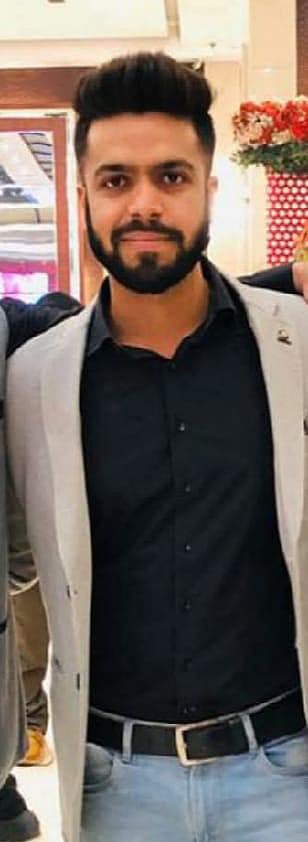
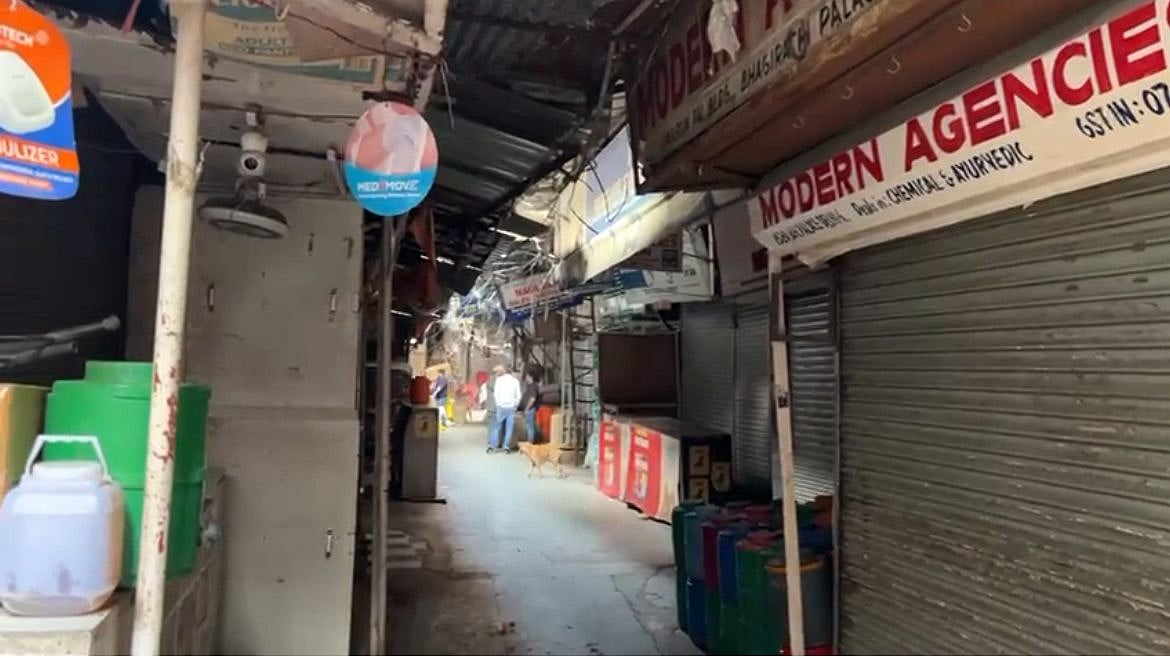
When Amar didn’t return home, his family frantically called his phone. Around 9 pm, a woman finally answered. She had found the phone near the blast site. She didn’t know if its owner was alive or dead. The family called hospital after hospital until someone mentioned LNJP. At the morgue, they identified him by the tattoos on his arm.
The family refused to comment.
Mohsin: An e-rickshaw driver at work
Mohsin was a 35-year-old e-rickshaw driver. He lived with his wife and two children, an eight-year-old boy and an eleven-year-old girl, in a small rented room in Kinari Bazaar. He was the family’s sole breadwinner. On the evening of the blast, he was returning from work when tragedy struck.
“At around 6 pm, my daughter called him,” said his sister-in-law Nazish. “He told her he was near Kashmiri Gate and stuck in traffic.” That was the last anyone heard from him.
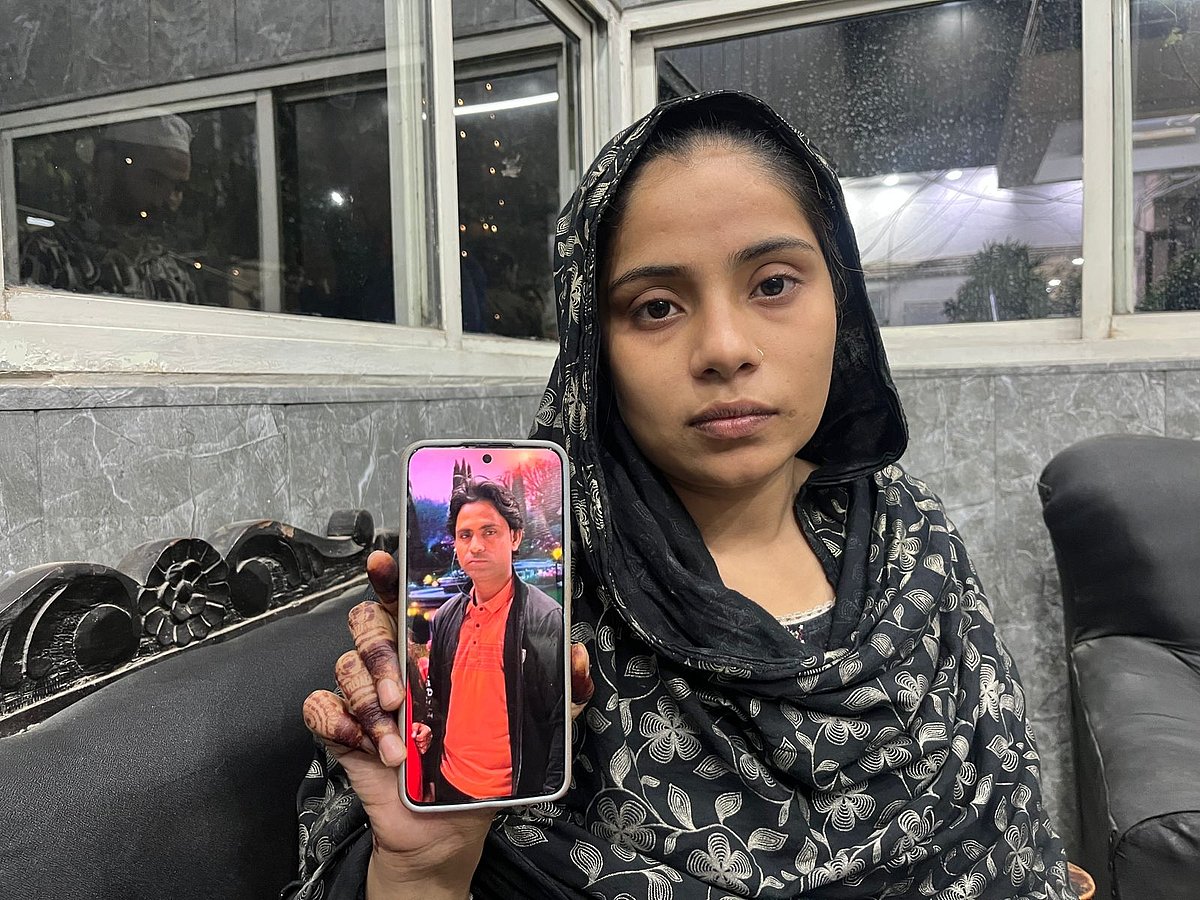
When the family heard that a blast had taken place near Red Fort, panic set in. They desperately tried to reach him. “We called him a hundred times,” Nazish recalled. “But no one picked up.” They even called their local MLA, hoping for help. “Even he didn’t take our calls,” she claimed.
Between 7.30 and 8 pm, someone finally picked up Mohsin’s phone. It was a police officer at Lal Quila police station. “The cop told us the phone had been found near Red Fort.”
Nazish and her relatives rushed to the hospital where victims were being taken. “The hospital was full of security…The police weren’t allowing families inside. We reached around 8.15 pm, but they told us treatment was underway and no one could go in.”
Eventually, they sneaked in through a back emergency entrance. “We found our way in through the backside. The doctors told us there was no Mohsin there and refused to show us the faces of the victims,” she claimed, adding that the family pleaded with hospital officials. “Finally, one doctor took pity on us,” Nazish recalled. “He told us to go back to the emergency ward — that’s where the blast victims were…At 1.45 in the night, they finally showed us a body. That’s when we confirmed it was Mohsin. He was gone.”
After the post-mortem, Mohsin’s body was handed over to his parents in Meerut. An ambulance was arranged only after the family called the district magistrate, Nazish claimed.
Nazish’s anger was directed not just at the hospital or the police but at the administration and political leadership. “Red Fort is one of Delhi’s most well-known places,” she said. “How could such a major tragedy happen there?...What about the families now? The media will only use this to spread communal hatred — Hindu-Muslim debates. But what is our government doing for us?...After Pulwama, what steps did the government take to tighten security? What have they done to protect ordinary citizens?”
With reporting inputs from Anmol Pritam, Avdhesh Kumar, Rohit Raj, Sumedha Mittal and Tarun Sahu.
In times of misinformation, you need news you can trust. We’ve got you covered. Subscribe to Newslaundry and power our work.
Newslaundry is a reader-supported, ad-free, independent news outlet based out of New Delhi. Support their journalism, here.





